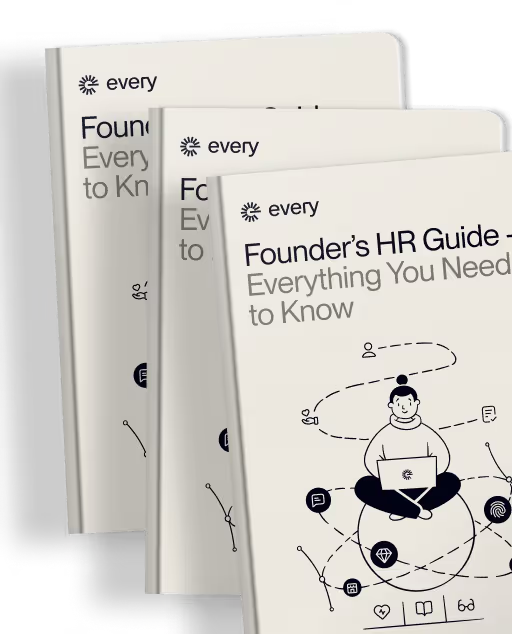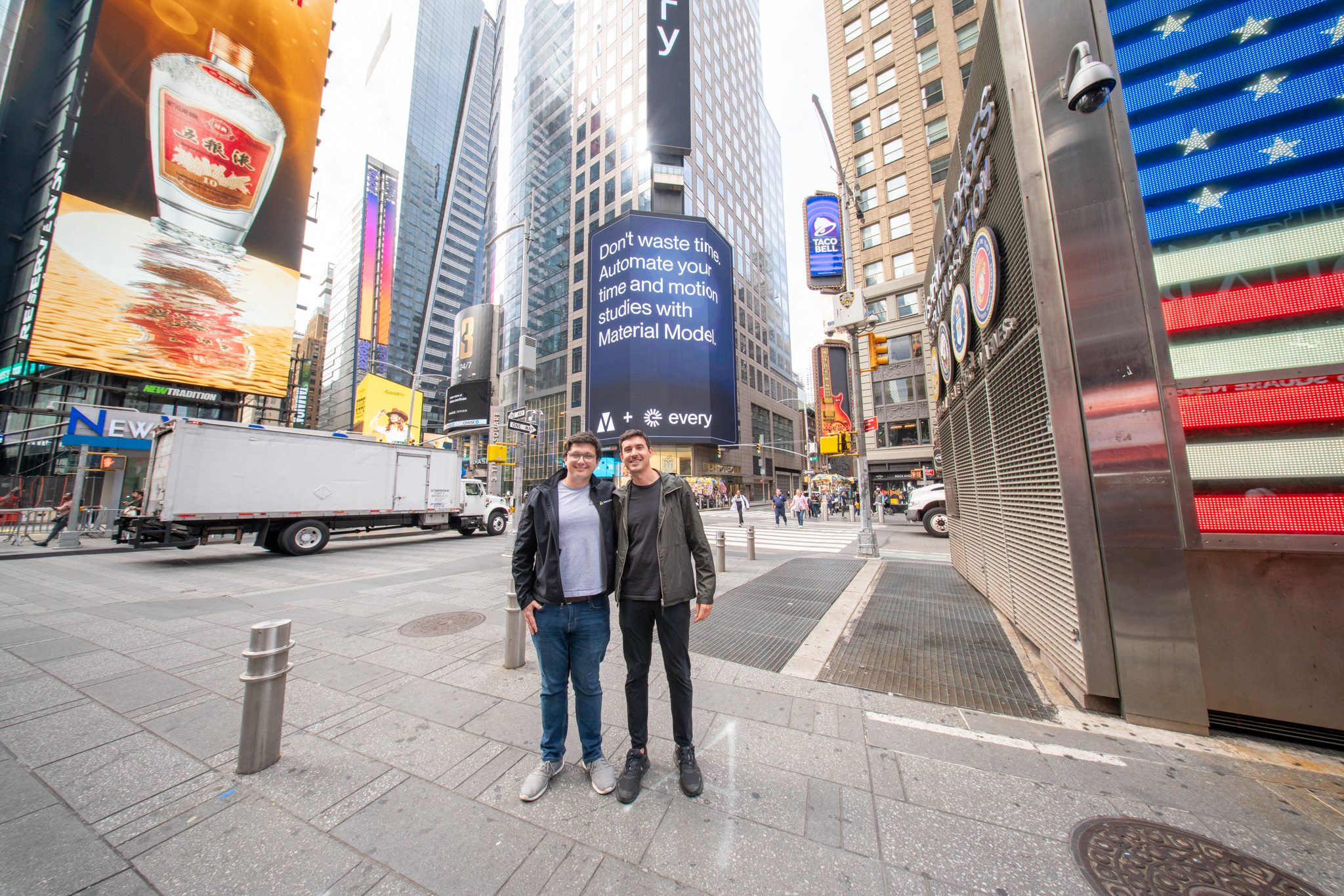Shreyash Nigam and Bhavnick Minhas Are Building Chonkie: Open Source Data Ingestion For Any AI Use Case

The advancement of generative AI solutions has made it possible to process information faster than ever before. Users can now upload complex documents and extract specific insights in seconds.
But feeding large documents to AI models poses unique challenges. Context window limitations and irrelevant information can overload models, leading to poor-quality outputs.
Shreyash Nigam ran into this challenge himself when working as a software engineer at Google. He knew that if there was a way to process massive documents intelligently, it would lead to better AI outputs. So he teamed up with childhood friend Bhavnick Minhas and set out to build Chonkie.
Introducing Chonkie: Open Source Data Ingestion For Your AI Ideas
Chonkie is an open-source library that splits large documents into semantically meaningful chunks based on individual ideas rather than arbitrary line breaks. By making it easier for models to access relevant information across documents, Chonkie helps models generate consistent, high-quality outputs.
"Documents can be incredibly large but they contain multiple ideas,” Shreyash explains. “We want to split these documents into those individual ideas, so that when AI needs to reference information it’s only given the relevant portions of that document or relevant ideas within that document."
When you feed entire documents to AI models, they get confused. Large legal contracts and financial documents, like 10-Ks and 10-Qs, for example, often exceed context window limits. Chonkie ensures only relevant sections are provided, improving output quality and speed.
As context engineering and ingestion continues to grow, Shreyash aims for Chonkie to evolve from an open-source library to a context engine for AI offering easy integration of documentation intelligence into applications as well as high-quality search, chat, and deep research capabilities across document databases.
From Big Tech to Building A Company
After growing up in India, Shreyash moved to the United States to attend University of Washington, where he studied computer science. He landed a coveted engineering job at Google after graduation, where he worked across Google Cloud and Google Ads. But he soon realized the path wasn’t right.
"Big tech wasn't really for me, I wanted to do something a little bit more creative and independent. So then I started the startup."
Having faced context window limits during his job at Google, Shreyash had realized that he needed a quick, fast, lightweight chunking that wouldn’t bog down the application layer. Without any initial thoughts of monetization, he and Bhavnick built a solution and made it open-source. It began to gain traction, and they realized it could be something bigger.
The team were accepted to Y Combinator and set out to build document intelligence tools that people could use instead of manually uploading documents to ChatGPT. Since launching in November 2024, Chonkie has now earned over 3000 GitHub stars and driven nearly a million downloads.
Shreyash’s Advice For Fellow Founders
Chonkie has achieved remarkable results in their first year since launch, but Shreyash recognizes that they’re just getting started.
“It takes time to build a successful company, this is something that happens in the measure of like five to 10 years. So if you're just starting out, be patient. It takes time to build something that's truly lovable and truly good and easy to use."
Maintaining a long-term view, Shreyash describes, has helped him stay humble. “It takes a lot of time to build great things, and to let them marinate and grow on their own. So you have to be humble for that.”
To learn more about Shreyash’s journey, you can follow him on LinkedIn and visit chonkie.ai.
Up to 3,500 bonus and 3% cash-back on all card spend [3], 6 months off payroll, and 50% off bookkeeping for 6 months, free R&D credit.
Frequently Asked Questions
- How do I sign up for Every?
You can get started right away—just click “Get Started” and follow a short onboarding flow. Prefer a little help? One of our specialists can walk you through incorporation, banking, payroll, accounting, or whatever you need.
- What features does Every offer?
Every gives startups a complete back office in one platform. From incorporation and banking to payroll, bookkeeping, and tax filings, we take care of the operational heavy lifting—so you can spend more time building, less time managing.
- How is Every different from other tools?
Most competitors give you software. Every gives you a full-stack finance and HR team—plus smart financial tools that actually benefit founders. Earn up to 4.3% interest on idle cash and get cash back on every purchase made with your Every debit cards, routed straight back to you.
Every is not a bank. Banking services provided by Thread Bank, Member FDIC. Your deposits qualify for up to $3,000,000 in FDIC insurance coverage when Thread Bank places them at program banks in its deposit sweep program. Pass-through insurance coverage is subject to conditions. The Every Visa Business Debit Card is issued by Thread Bank, Member FDIC, pursuant to a license from Visa U.S.A. Inc. and may be used anywhere Visa cards are accepted.
- Is my data secure with Every?
We use end-to-end encryption, SOC 2-compliant infrastructure, and rigorous access controls to ensure your data is safe. Security isn’t a feature—it’s foundational.
Can I switch to Every if my company is already set up?Yes—you can switch to Every at any time, even if your company is already incorporated and running. Whether you're using separate tools for banking, payroll, bookkeeping, or taxes, we’ll help you bring everything into one place. Our onboarding specialists will guide you through the process, make sure your data is transferred cleanly, and get you set up quickly—without disrupting your operations. Most founders are fully transitioned within a week.
- What stage of startup is Every best for?
Every is designed for startups from day zero through Series A and beyond. Whether you're just incorporating or already running payroll and managing expenses, we meet you where you are. Early-stage founders use Every to get up and running fast—with banking, payroll, bookkeeping, and taxes all handled from day one. Growing teams love how Every scales with them, replacing patchwork tools and manual work with a clean, unified system.
We’re especially valuable for teams who want to move fast without hiring a full finance or HR team—giving founders more time to build, and fewer distractions from admin and compliance
- How long does onboarding take?
Onboarding with Every is fast and efficient. For most startups, the process typically takes between 3 to 7 days, depending on your specific needs and how much setup you already have in place.
If you're a new company, you'll be up and running quickly—getting your banking, payroll, and bookkeeping set up without hassle. If you’re transitioning from another system, our specialists will help you migrate your data, ensuring a smooth switch with no gaps or errors in your operations.
We guide you every step of the way, from incorporation to setting up automated payroll to handling your taxes—so you can focus on growing your business. Our goal is to make sure you're fully operational and confident in your back office in under a week.
Practical Questions to Ask to Ensure Your Bank is Well Managed
How much liquidity does the bank have on hand to cover unexpected withdrawals or shortfalls?
What percentage of the bank's deposits are invested in longer-term securities and loans, and what percentage is kept as cash reserves?
How does the bank diversify its investment portfolio to minimize potential losses and reduce risks?













